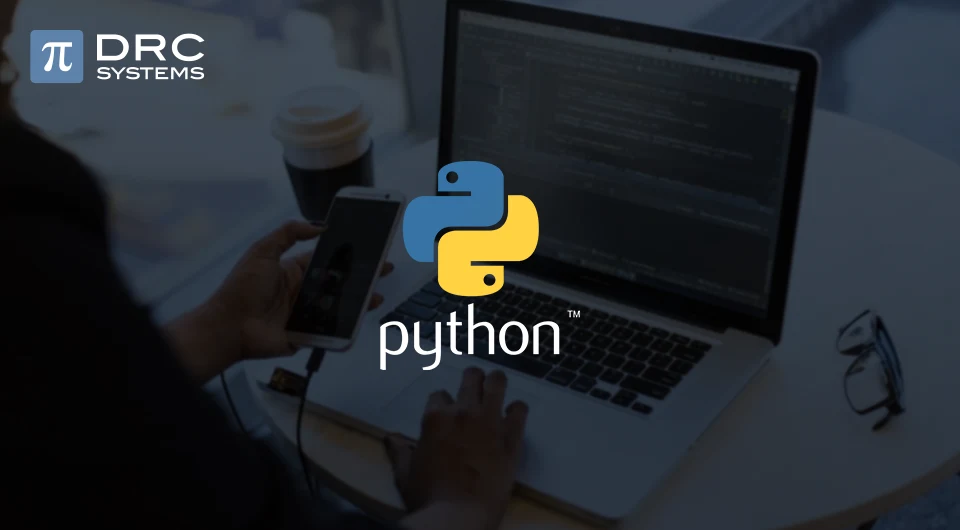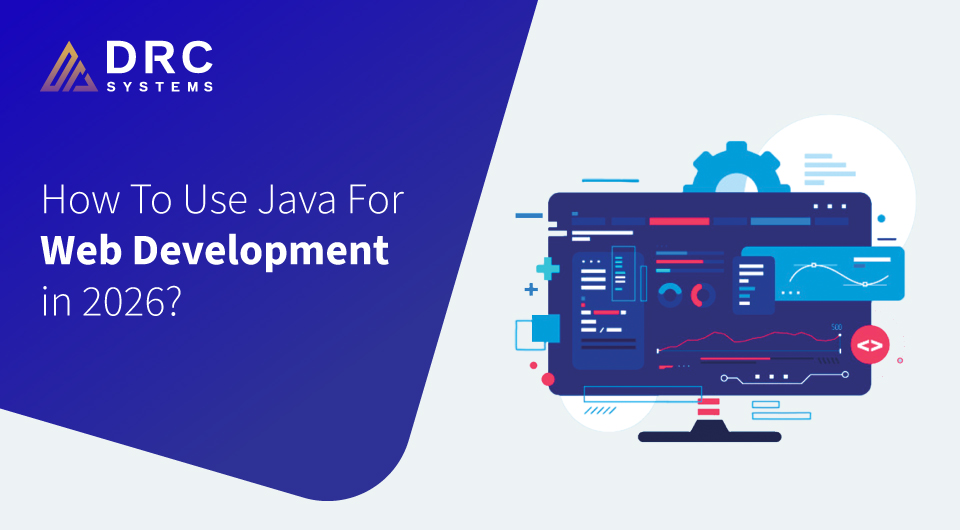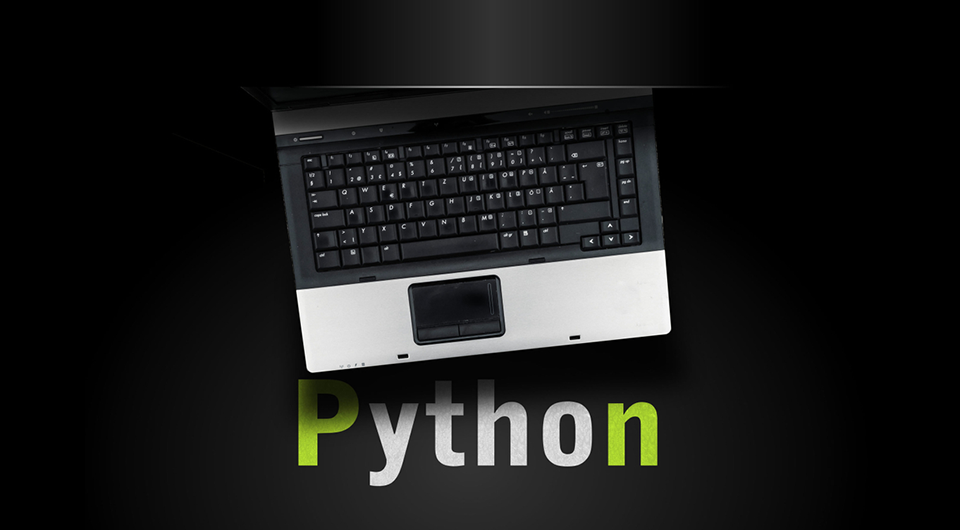Related Articles
How To Use Java For Web Development in 2026?
Built in the mid-1990s, Java in web development has left an indelible mark on the modern digital world for years…
Read The PostThe Benefits of Using Python in Web Development.
Python is among the most popular programming languages for web development. Companies like Google, Facebook, Intel, and IBM use Python. Discover why it is so popular and why you should consider using it.Learn why Python is widely adopted and why it may be the right choice for your business.
Read The PostTop 15 Web Development Trends To Implement In 2022
15 futuristic web development trends that are defining the future of web development.
Read The Post


